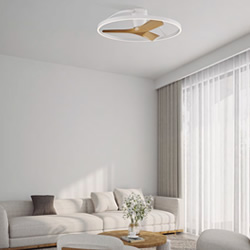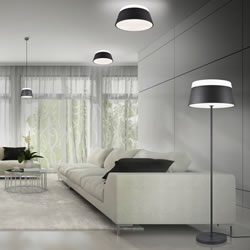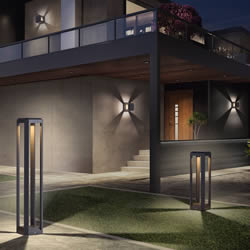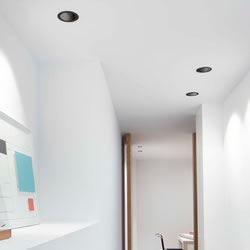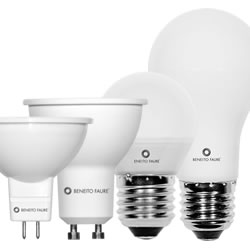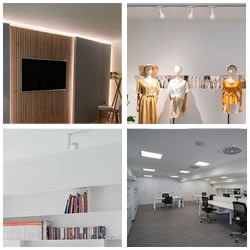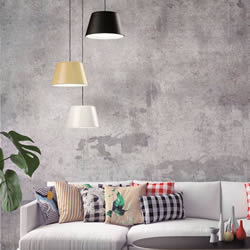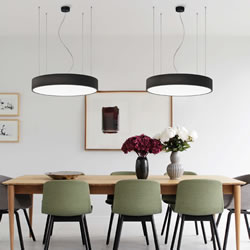How to light the kitchen of your house
Due to its role as the most functional center of the house and the particular conditions related to the use of liquids, appliances and manual work, the kitchen needs more intense and bright lighting. An adequate level of light not only makes daily tasks such as cooking and cleaning easier, but also improves safety by reducing the risk of accidents.
As for the recommended light tones for a kitchen, you can choose between warm tones (2700-3000K) or neutral white tones (4000-4500K), depending on the atmosphere you want to create.
The warm tones provide a cozy and relaxing atmosphere, ideal for areas such as the breakfast nook or dining room. On the other hand, whiter light tones offer clearer and more energetic lighting, perfect for work areas.

In a kitchen, we can differentiate several types of lighting: general light, work or task light, and decorative light. The combination of these types of lighting is key to achieving versatility and comfort in the space. It is important to keep in mind that the same type of light is not needed for all activities; For example, lighting for breakfast or dinner can be softer and more welcoming, while lighting for cooking should be brighter and more focused to make tasks easier.
Adjusting lighting according to the specific use of each area guarantees a functional and pleasant environment.
For general lighting, it is crucial to prioritize energy efficiency, as it is one of the areas that remains on the longest in a home. Currently, kitchen ceiling lights are a highly recommended option due to their high level of lighting and ease of cleaning.
If we are looking for an option that is more integrated into the decoration and even cleaner, LED spotlights or downlights are the perfect alternative.
These solutions offer a wide, uniform light, ideal for keeping the kitchen well lit efficiently and conveniently. We will seek to illuminate the largest possible surface of the kitchen, avoiding glare and dark areas.

Work or task lighting is normally located in the counter or plateau area, it is where the most precise and careful work is carried out, so it is very important to have a good level of light.
LED strips can be installed on the bottom of the furniture, as they provide uniform lighting across the entire surface of the countertop, eliminating shadow areas and creating continuous light.

Decorative lighting in the kitchen can include the installation of one or several kitchen lamps, which act as aesthetic elements in the table area, ideal for breakfasts, meals and conversations.
These lamps can use LED bulbs, and it is recommended to opt for a warm light tone, between 2700 and 3000K, to create a more welcoming and pleasant atmosphere.

In short, well-planned lighting can transform your kitchen into a functional and welcoming space. Combine general, task and decorative lights to create the perfect ambiance.

